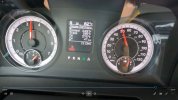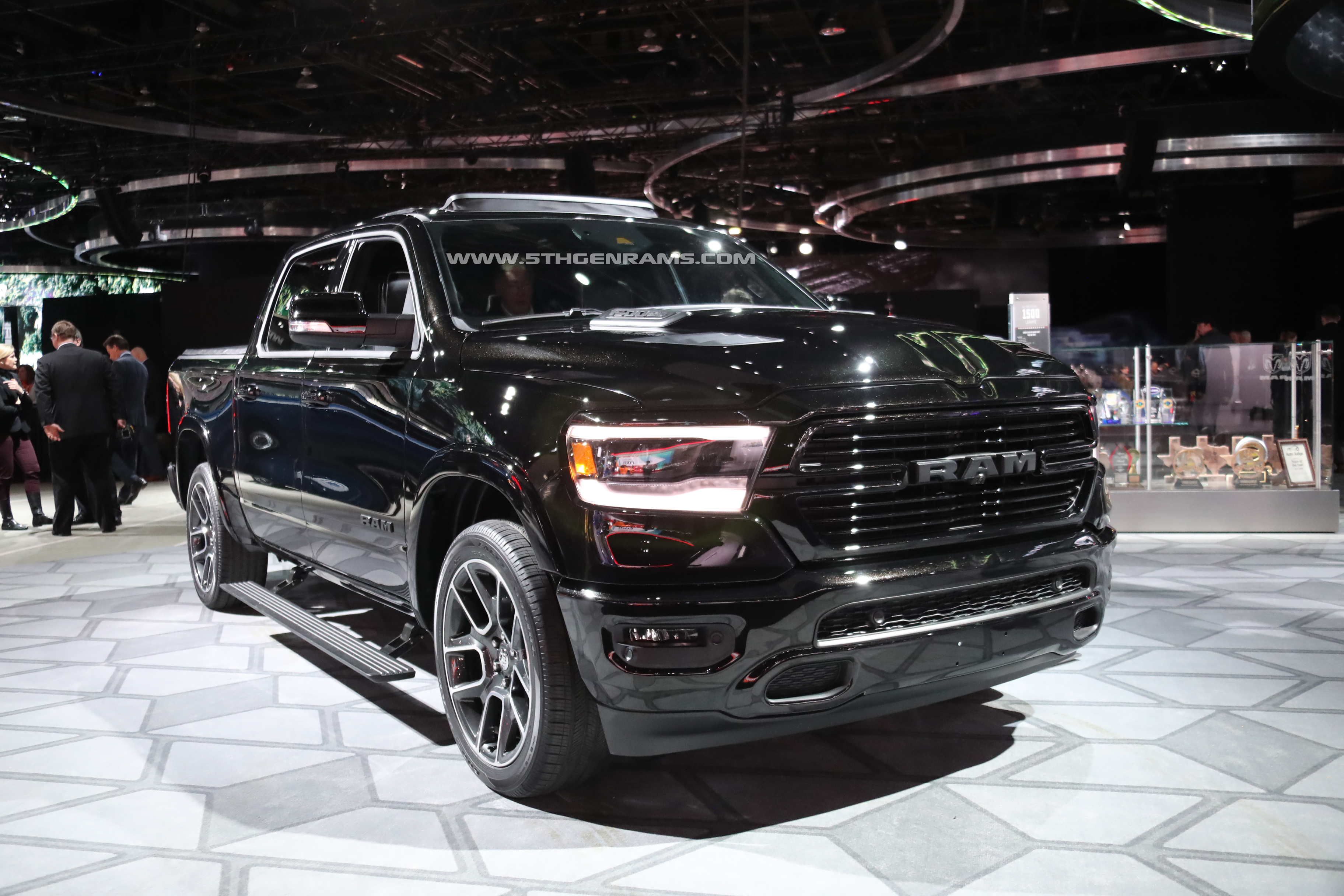You have referred to the engine tolerances numerous times when you should be referring to the engines clearances. Different words, different meanings and they are not interchangeable. Clearance is the space between moving parts, such as in a bearing, and tolerance is the amount of variance allowed in the clearance dimensions. Also, the proper term for an oils viscosity classification is grade, not weight, as per the SAE.
Like I said I am not going to get into an oil argument here as I would just offering a counter perspective, but I will address my use of the word 'tolerance' as I use it. I don't work in the automotive world, but rather aerospace so there's probably a vernacular difference. When I am talking tolerances in this context I am talking about optimized tolerance
stacks (or analysis, whichever you prefer), which have a direct effect on the
actual real-world clearances in an assembly.
You can tighten or loosen individual component tolerances all you want, if you don't do a proper stack you could easily create an unintentional interference elsewhere. In lubricated assemblies, you must also account for the thickness variation in the lubricant film under various conditions in your tolerance stack.
As I previously noted, I can't speak for the HEMI designers and how often they take a look at their stacks but I do have experience with this topic in regards to air breathing jet propulsion. I've had a customer change an efficiency requirement on a small jet turbine, which among other things required us to change the lubricant used on that particular design. Long story short after a series of turbine shaft failures we had to tighten both size and positional tolerances throughout the whole engine to work with the new lubricant,
none of the nominal sizes and positions changed...just the overall tol stack. When the same customer requested the engine be certified with a second (thicker) lubricant for a different application the whole damn thing ran significantly hotter because of the extra resistance we introduced. It was barely within spec (and less efficient), but if it that engine wasn't for a single use application there would be serious longevity concerns with the thicker lubricant.
So if FCA changed to a 5W-20 oil to meet fuel efficiency requirements, those engineers would have looked at the the tolerances in the crankcase, along the crankshaft, the camshaft, and any runout tolerances they spec on those parts (not an all inclusive list, obviously) to make sure that thinner oil doesn't cause any additional wear. If they DIDN'T at least take a look, then I dunno what to say other than the beancounters got involved. In most cases a thinner lubricant is going to require more precision where average clearances are smaller throughout the assembly even if the nominal sizes/positions stay the same.
Also, noted about the weight vs grade terminology. It's a habit at this point hah.













